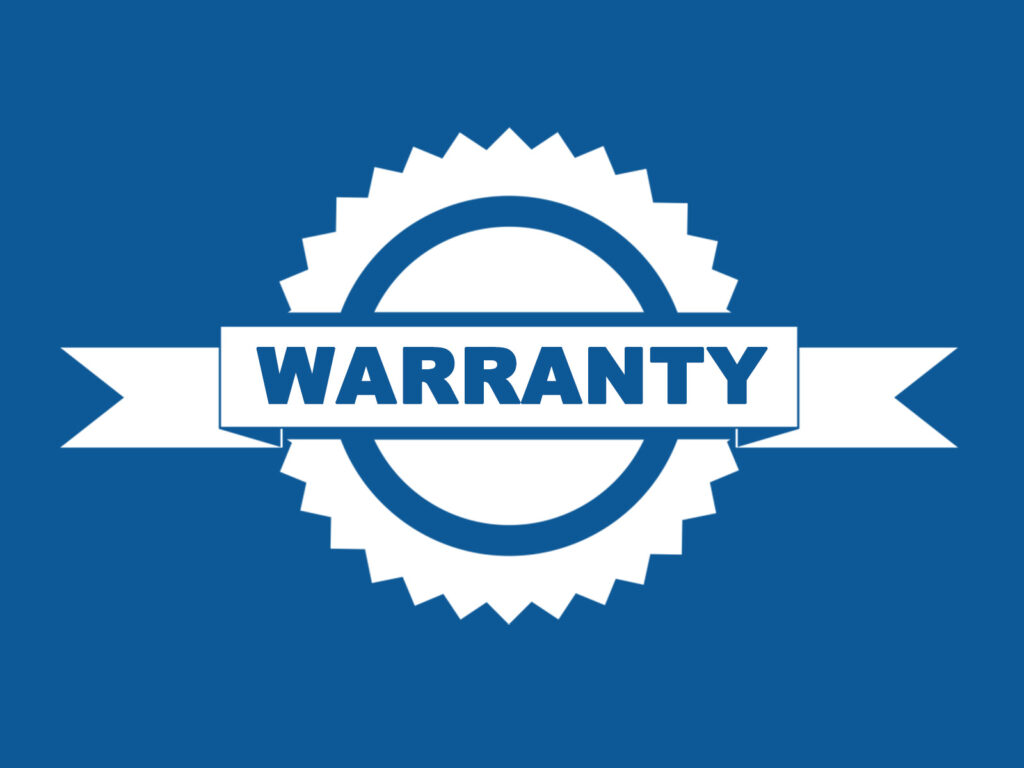
A vehicle warranty is a contractual agreement between the vehicle’s manufacturer and the owner of the vehicle. It is designed to protect the owner from certain types of repair and maintenance costs arising from the use of the vehicle. There are many different kinds of vehicle warranties; below we have compiled some of the most common.
Types of Vehicle Warranties:
- Bumper-to-Bumper Warranty: This type of warranty covers most parts of a vehicle, including the engine, transmission, electrical systems, brakes, and suspension components.
- Powertrain Warranty: This type of warranty covers the engine, transmission, and related parts, such as the drive axle and differential.
- Rust/Corrosion Warranty: This type of warranty covers rust and corrosion damage on certain parts of the vehicle.
- Emissions Warranty: This type of warranty covers the emissions system and related components.
- Roadside Assistance Warranty: This type of warranty covers roadside assistance services, such as towing, jump-starts, flat tire changes, fuel delivery, and more.
- Tire Warranty: This type of warranty covers the cost of tire replacement due to manufacturer defects.
- Extended Warranty: This type of warranty is an additional warranty that extends the coverage of the original warranty after it has expired.
Terms of Vehicle Warranties:
- Miles Covered: the number of miles a vehicle may be driven within a warranty period.
- Parts Covered: the parts of the vehicle that are protected by the warranty.
- Deductible: the amount that must be paid by the customer before the warranty will cover repairs.
- Term: the length of time the warranty is in effect.
- Transferrable: whether the warranty can be transferred to a new owner of the vehicle.
- Repairs: the repairs that are covered under the warranty.
- Maintenance: any required maintenance that must be performed to maintain the validity of the warranty.
- Exclusions: any items that are not covered under the warranty.
- Claims Process: the steps necessary to file a claim under the warranty.
- Limitations: any restrictions on the use of the warranty, such as geographic coverage.
